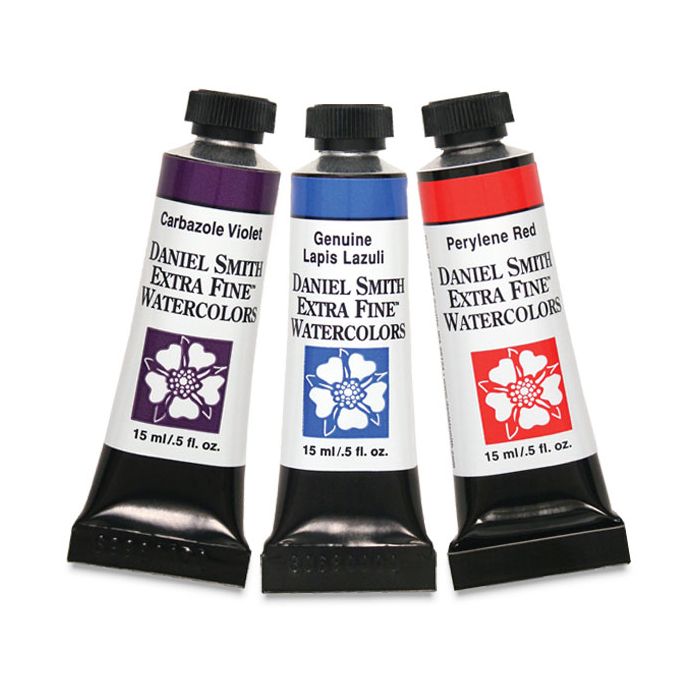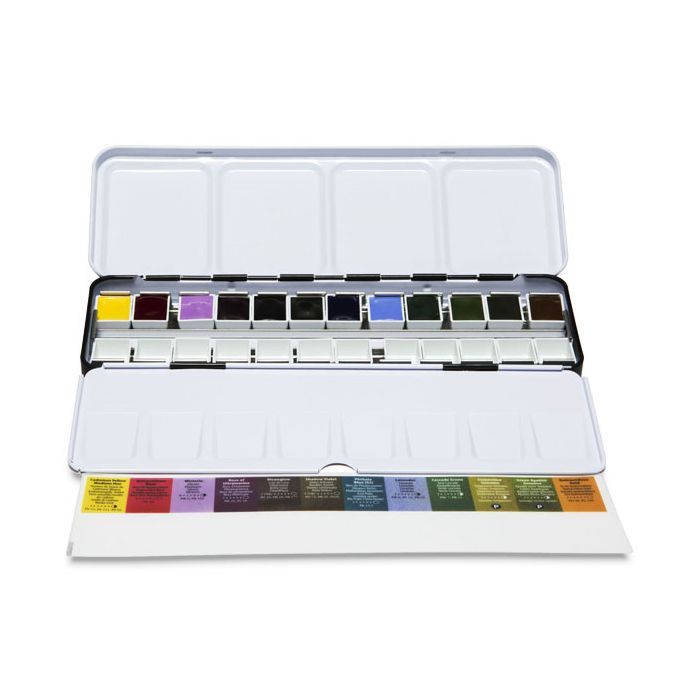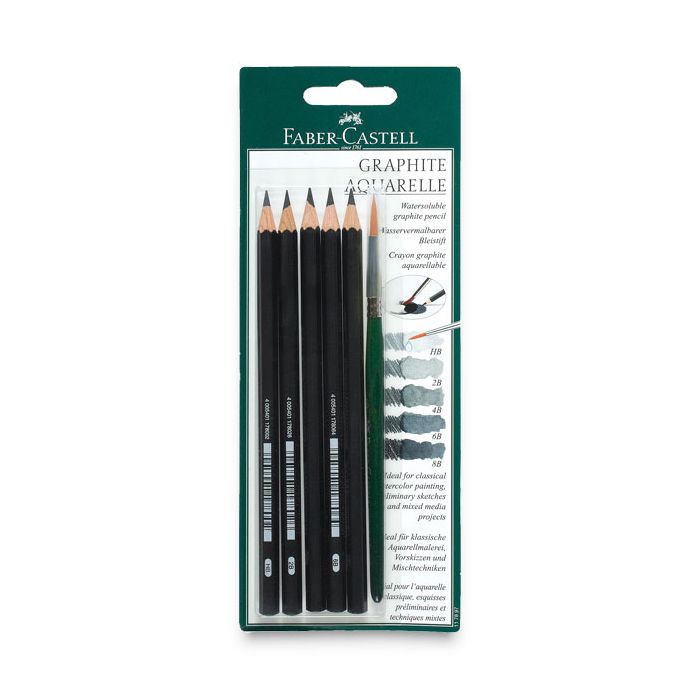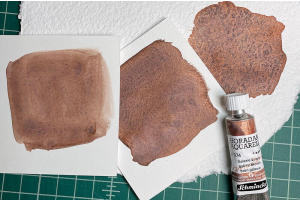We use cookies to make your experience better. To comply with the new e-Privacy directive, we need to ask for your consent to set the cookies. Learn more.
Cheap Joe’s Art Stuff Art Blog
Tips, Tricks, Thoughts, and inspiration from across the art spectrum.
Tools You Need To Assemble The Best Watercolor Painting Kit

If you’ve ever been down the paint aisle in a craft store, then you’ve probably found yourself mesmerized by the extensive collection of beautiful watercolor paints. We know we have! This type of painting is adored by many artists, and for good reason. The fluid, transparent qualities of watercolors often result in the most beautiful pieces, even if they ended up looking different than you expected. If that sounds like something you want to try out for yourself, then you’re in the right place! In this post, we’re going to teach you everything you need to know about watercolor tools, such as watercolor paper, watercolor pencils, and, of course, paint!
What Is Needed for Watercolor Painting?
The definition of watercolor painting is pretty simple – it’s the process of painting with pigments that have been mixed with water. In the art world, the term “watercolor” refers to both the medium and the artwork that’s produced through the process. Watercolor painting is different from other mediums because of its focus on transparent colors and thin washes.
Many people who are just starting out with watercolor find it difficult to control the paint. This is due to its fluidity, making it less predictable than other mediums. While watercolor can seem challenging at first, you’ll soon find that it isn’t much more difficult than using oils or acrylics. There’s a learning curve, but with a bit of practice, you’ll get used to the different techniques and start creating beautiful watercolor artwork. For more information about this medium, techniques, and answers to frequently asked questions, visit our watercolor painting page.
Types Of Watercolor Tools
Since watercolor painting is so different from other mediums, there are specific tools you’ll want to use to get the best results. When you begin your watercolor journey, you’ll want to start building your own watercolor painting supply kit. A few basic supplies that you’ll need are watercolor paints, paint pans, brushes, and paper. If you want to expand your tool kit even further, you can add some special pencils as well. Let’s go over each of these in more detail:

- Watercolor Paints
Watercolor paint is unique because it’s made of a colored pigment in a water-soluble binder. The brand of paint you choose is up to you, and there really isn’t one that’s better than the other. If you’re just starting to learn how to paint with watercolor, you might prefer more affordable options, such as Van Gough, Grumbacher Academy, and Niji paints. But as your watercolor skills get better, you might want to branch out and test out some products from top-of-the-line brands, such as Holbein, Daniel Smith, American Journey, Brusho, and Da Vinci. The Daniel Smith Extra Fine Watercolors are a great option for high-quality paints, as well as the Windsor & Newton Professional Watercolor.

- Watercolor Brushes
Watercolor brushes are easy to identify because they’re usually shorter than oil and acrylic brushes. They also tend to be made with softer materials than other brushes, because watercolor painting involves creating many layers, which in turn requires a gentle touch. When you’re choosing a brush to use for your watercolor painting, it’s important that you select one that can hold a lot of paint, and has some spring to it.

- Watercolor Paper
This type of paper is pretty self-explanatory; it’s the kind that artists use to create their watercolor paintings. But what makes this paper different than the others? It all comes down to how absorbent it is. Paper for watercolor painting has to be more absorbent than regular paper since it’s specifically being used with water. Most standard paper is made with recycled wood shavings, but this paper has cotton intertwined with its fibers. You’ll also notice that it’s much thicker than regular paper, and the texture (or tooth) of the paper is more visible. That’s why you see all those little bumps on watercolor painting paper!

- Paint Pans
Every watercolor artist needs at least a couple of paint pans in their painting kit. These are perfect for customizing any unique colors that you may need for your artwork, as well as keeping your workspace nice and tidy. Empty paint pans are very affordable, so make sure to grab a few!

- Pencils For Watercolor Painting
These pencils are really cool because they combine drawing with painting, so they make a great addition to any watercolor kit. You can enjoy the look and feel of a regular watercolor painting because the pencil contains a water-soluble binder. When you add water to the pencil, it ends up looking like watercolor paint. This is a great way to experiment with different colors before jumping straight into the paints. Head over to our watercolor pencils page to browse our extensive selection of these amazing pencils!
Why It’s Important To Use The Right Tools for Watercolors
Now that you know which tools you should be using for watercolor painting, it’s important that you stick to them. Using the wrong products with watercolor paints can be detrimental to your final art piece. For example, if you try to use stiff oil paint brushes with watercolor paint, you’ll most likely damage the paper you’re painting on. And attempting to create a beautiful watercolor painting on regular printer paper will probably end in catastrophe because it’s way too thin. Take the time to find the right tools for the job, and you’re sure to have a stunning painting in the end!







